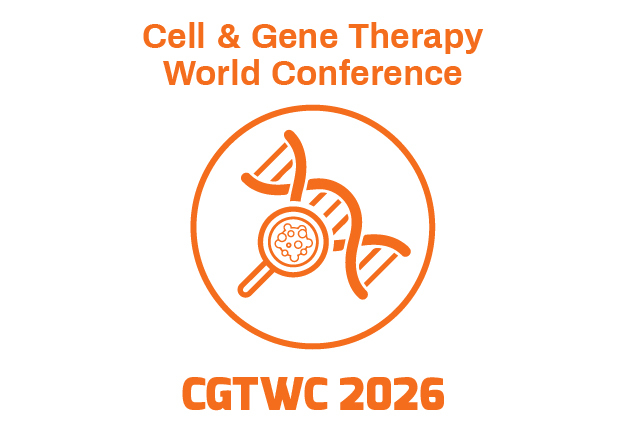Speakers - 2025
Yunfan Chen
- Designation: Sanofi
- Country: United States
- Title: Characterization of DNase I Digestion of pDNA Using Reversed Phase Ion Pairing Chromatography
Abstract
Deoxyribonuclease I (DNase I) digestion is a widely used method for removing residual plasmid DNA (pDNA) from messenger RNA (mRNA) drug substances. Despite its broad application, the optimal reaction conditions and enzymatic mechanisms are not fully understood. DNase I cleaves phosphodiester bonds in DNA, generating 5 prime phosphate terminated fragments through repeated single stranded breaks. The reaction is typically quenched with Ethylenediaminetetraacetic Acid (EDTA), which chelates metal ions and deactivates the enzyme. While quantitative PCR (qPCR) is commonly used to detect residual DNA with high sensitivity, it does not provide structural information about the digestion products.
To address this gap, we developed two reversed phase ion pairing (RPIP) chromatography methods using hexylammonium acetate (HAA) and triethylammonium acetate (TEAA) to characterize DNase I digestion under controlled conditions. These methods enable sensitive detection of digestion products and visualization of fragment length with near single nucleotide resolution. HAA, with a longer alkyl chain, separates analytes primarily by length, while TEAA provides mixed mode separation sensitive to both length and sequence. Samples were generated by varying DNase I digestion parameters, including enzyme and EDTA concentrations, temperature, time, and plasmid sequence. The HAA method was used for most controlled conditions, focusing on length-based separation. TEAA was used to analyze digestion profiles from different plasmid sequences, revealing sequence dependent differences.
The HAA method resolved fragment and pDNA peaks with high clarity using a single stranded DNA ladder for size reference. We identified the minimum DNase I concentration required for complete digestion and the EDTA concentration needed to quench the reaction. Digestion was completed within one minute across various temperatures. The TEAA method showed consistent and reproducible peak shapes across different plasmid sequences, indicating a conserved digestion profile. In final drug substance samples, the HAA method confirmed no residual pDNA above the 0.1 percent detection threshold and provided structural insight into fragment distribution. The results demonstrate reproducible digestion patterns across conditions and plasmid sequences, offering structural insight to support process development and impurity control in mRNA manufacturing.


